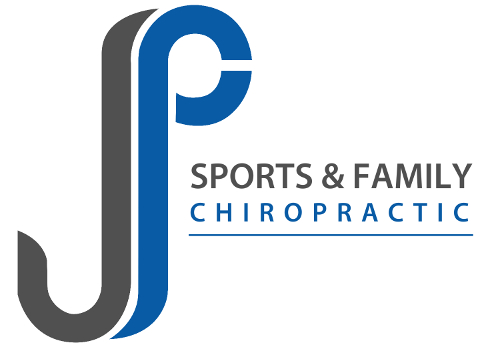![]() 631-598-7034
631-598-7034![]() Schedule Online
Schedule Online
Newsletter Sign Up
Want to keep up to date with all our latest news and information? Enter your email below to be added to our mailing list.
Achilles
WHAT IS ACHILLES TENDONITIS/BURSITIS?
Achilles tendinitis is an inflammation of the tendon and the surrounding loose connective tissue through which the calf muscles act. Achilles tendonitis is one of the most common sports injuries today among athletes.
Trauma or repetitive stress, constant running, are often causes of Achilles tendonitis. Sudden or excessive stretching of the tendon due to muscular activity may also initiate this condition. Other major factors include overuse, repetitive contractions and/or continual ground reaction shock forces. The calf muscles produce ankle movement acting through the Achilles tendon. Any activity which requires this movement of the feet (jogging, soccer, hill running, walking on sand, etc.) can be causative to this condition.
At heel strike there is tremendous shock going into the Achilles tendon, whereas from heal lift to toe off, the Achilles is dramatically contracting. Each of these steps may contribute to this disorder.
A patient will describe pain in and around the area of the tendon. Tenderness may be present behind the tendon in cases of bursitis. Passive motion often intensifies the pain. Grating during motion at the tendon site may accompany the pain.
Upon examination, the tendon may be swollen or distended (enlarged comparing right to left). A crackling sound may be present with motion. If movement is absent, a ruptured tendon may have occurred, this would require surgery with about one year of rehabilitation.
SUGGESTED TREATMENT
- Daily icy therapy sessions (20 minutes) followed by active, pain free movement of the ankle.
- Gentle, pain free Achilles stretching against a wall
- Lower extremity strengthening
- The use of orthotics to reduce shock and to normalize the soft-tissue stress to the ankle
- Exercise to increase tissue flexibility and circulation
- Manipulation is dependent on whether the foot is turned in or out
- Address any biomechanical problems with the lower extremity
PREVENTIVE MEASURES
- Stretching to increase flexibility
- Use of Orthotics
- Proper foot support (limit use of high-heeled shoes)
Always consult with a Doctor before attempting treatment on your own for any condition.
Contact
217 Merrick Rd.
Suite 204
Amityville, NY 11701
Phone: (631) 598-7034
Fax: (631) 598-7479
Email: drjpop@gmail.com
Home About Media Wellness Schedule Appointment Contact Patient Center 2016 U.S Open 15th Annual Tunnel To Towers
Copyright©2016 All Rights Reserved.





